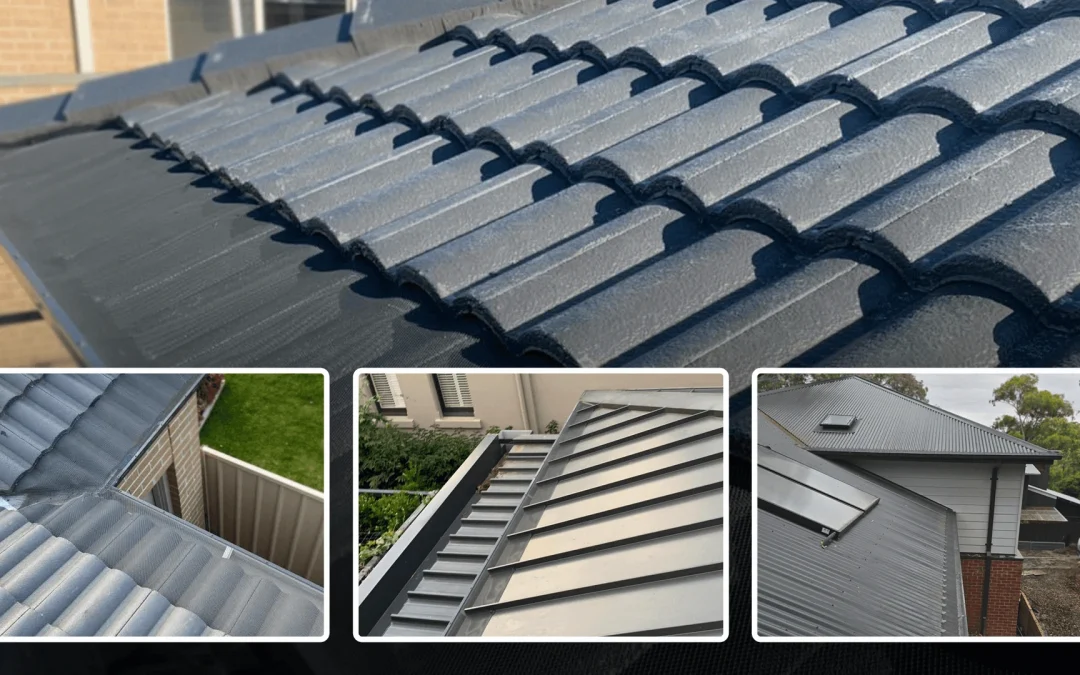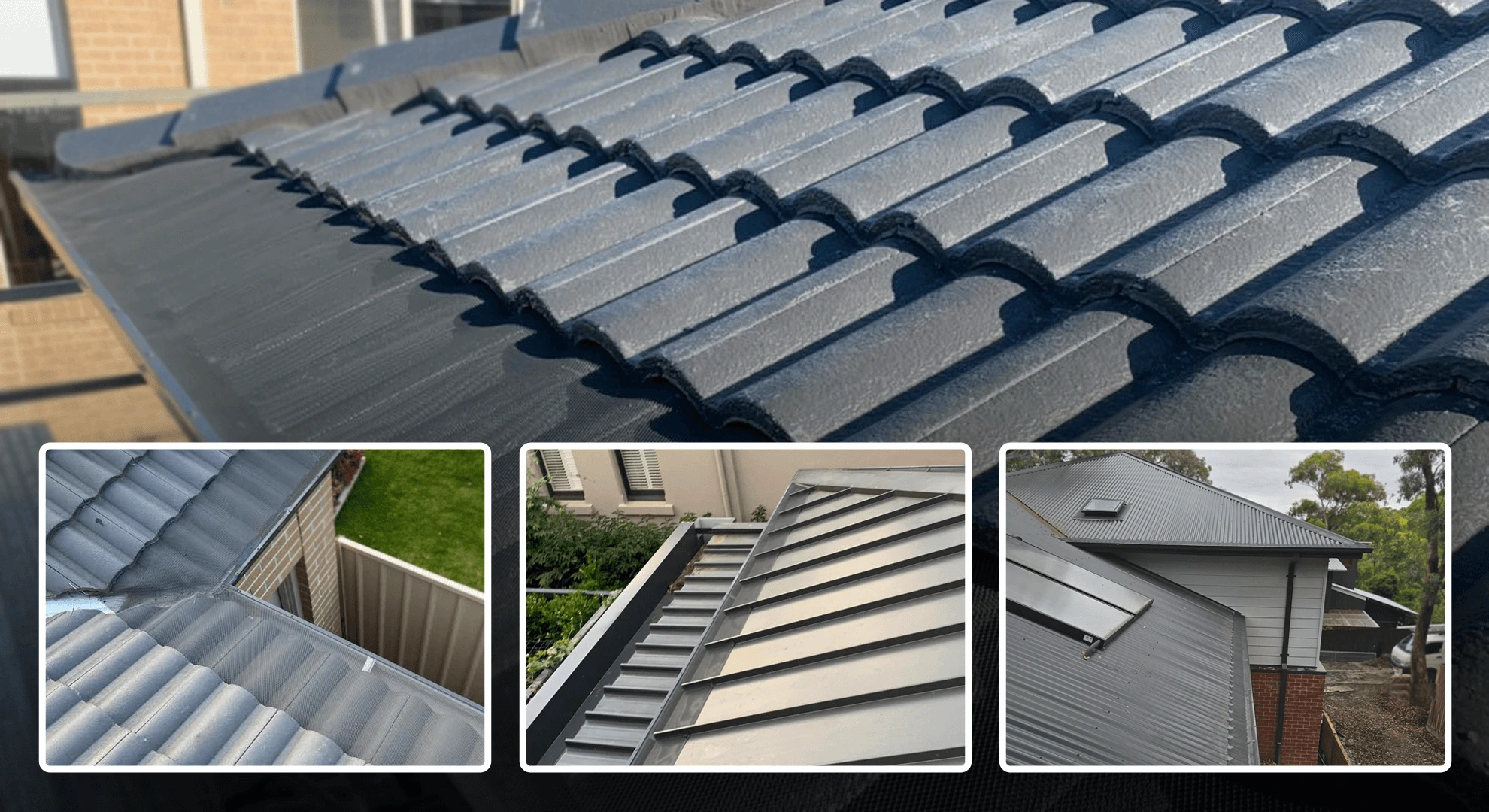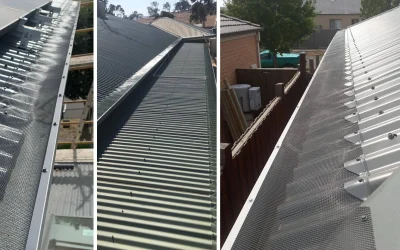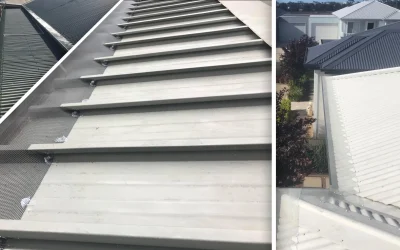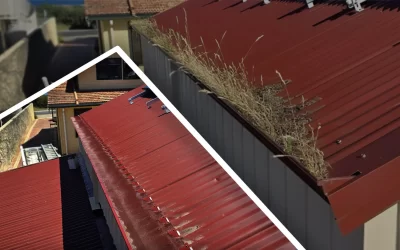Ever glanced up at your gutter one humid August afternoon and wondered, “What happens if a storm hits before I sort it out?” It’s surprising how the timing of gutter guard installation particularly in late August can make a huge difference.
Imagine this: the Aussie bushland around your home is dropping leaves, eucalyptus bark and gumnuts in the dry season. Then in August or September, the first heavy downpour hits. Without protection, gutters clog, water spills over, and that overflow lingers dangerously close to foundations and eaves. Installing a solid metal gutter guard in late August can stop all that before it begins.
1. Summer’s Calm Before the Rain Cloud
Late August is that sweet spot after the worst of winter and before the first major spring rains. In many parts of Australia, this is when dry debris accumulates, but heavy rain hasn’t kicked in yet. If you install a metal gutter guard Australia at this time, you’re catching the system before it’s compromised.
According to multiple studies, including work done in Australia, gutter guards reduce the risk of blockages and resulting water overflow by keeping leaves and twigs out, while letting water flow freely.
2. Choosing the Right Type: Why Metal Mesh Matters
There are several flavours of gutter guard you might consider:
- Micromesh gutter guard: ultrafine stainless-steel mesh that even filters out roof grit, pollen and the smallest debris.
- Integrated mesh gutter guard built directly into gutter profiles, offering seamless coverage and uniformity.
- Foam gutter guard: foam inserts that fit inside the downpipe but can degrade over time.
- Brush gutter guard: bristlestyle rods sitting inside the gutter easy to install but can trap debris on top.
- Ember guard gutter mesh: mesh small enough to prevent hot embers reaching the gutter during bushfire season a smart firesafe feature in rural and periurban areas.
For preventing water damage, especially when autumn leaves and bark are building up before rain arrives, a stainless-steel micromesh or integrated mesh gutter guard delivers the best filtration and flow.
3. How Gutters Clog and How Guards Help
Without protection, gutters become stagnant catchments after storms. Debris blocks flow, water pools, overflows. That overflow can cause rot in fascia boards, damp patches on walls, erosion around footings, or even leaks into roof cavities. Gutter guards dramatically lessen these risks by preventing blockages before they happen.
Better still, reduced debris means fewer ladder visits safer, too. Daily life in August is busy enough; slipping off a ladder should never be the price you pay for a clean gutter.
4. Real-Life Example: How Timing Saved a Roof in Perth
Just last year, I heard from a homeowner in Perth: He installed a metal mesh gutter guard in August, just after noticing gumleaf debris piling up. Come September’s heavy rains, the gutters stayed clear. Meanwhile nextdoor neighbours who waited got blocked gutters, overflow dripping into their eaves, and ended up with damp patches in their ceilings. His early installation saved a costly repair and peace of mind.
5. Maintenance Tips (Because Nothing’s Ever ZeroCare)
Even the best systems need checking. Gutter guards lower maintenance, but don’t remove it completely.
- Rinse micromesh guards a couple of times a year to flush fine dust and pollen.
- Inspect foam and brush guards every six months especially after storms. These tend to accumulate debris on top or degrade over time.
- Ember mesh should be checked before fireseason to ensure holes remain below 2 mm in size critical for bushfireprone zones.
Some professional gutter guard install services include annual checks that’s a great option for busy homeowners.
6. Why Metal in August Makes Sense
- Debris control before grains: August catches loose bark, seed pods, windblown leaves before they tumble into the rainstorm.
- Dry conditions: installers aren’t wrestling with slippery roofs or pouring rain making it safer and more thorough.
- Avoids peak season delays: come September or October, installers get booked solid. Getting it done in August means no waiting list.
So when the first real storm gate opens in early spring, your gutters are ready.
7. Choosing Professional Gutter Guard Install vs DIY
Sure, you can buy a kit and do it yourself but here’s the catch: professional gutter guard install means guaranteed angles, fasteners, roof integration, and roof warranty compliance.
Poorly installed guards can cause more harm than good misdirecting water, promoting overflow, or letting debris sneak underneath. A gutter cover installation done right ensures longevity, efficiency, and reduced risk.
8. Leaf Guard Maintenance Tips for Peace of Mind
Here’s a quick list of handy leaf guard maintenance tips to help your system last:
- Keep nearby trees trimmed so fewer leaves land near gutters.
- After each heavy storm, do a quick walk around to check no debris is perched.
- Flush the mesh annually to prevent fine clogging.
- For foam or brush inserts lift them out seasonally to shake out debris.
- Schedule a check with a pro when fire season approaches, especially if ember guard mesh is installed.
Following these reduces the likelihood of water damage later your system becomes proactive, not reactive.
9. Bottom Line: Timing Is Everything
Installing a metal gutter guard in late August might sound oddly specific but trust me, it’s smart. You’re preparing for what’s coming, not reacting after the fact. Good timing + the right micromesh gutter guard or integrated mesh gutter guard, combined with proper gutter guard installation, means your roof and eaves stay dry, your home stays sound, and you save money and headache.
Personal takeaway: I treat installing a gutter guard like bolting on a helmet before a storm not after. A bit of effort in August prevents a flood of problems down the line.
Final Thought
Putting in a quality metal gutter guard before the spring rainy season isn’t just about clearing debris it’s about foreseeing what could go wrong and stopping it in its tracks. And when that first downpour hits? You’ll be dry inside, not chasing a bucket inside your loungeroom.
If you’re considering an ember guard gutter mesh or a full professional gutter guard install, now is the perfect moment. Want help figuring out what type is best for your roof or trees? Give us a shout at CPR Gutter Protection we’d be happy to chat.
Here’s to staying dry, safe, and worryfree.
Frequently Asked Questions
1. Why install a metal gutter guard in late August?
2. What’s the difference between a micromesh gutter guard and other types?
3. What’s an integrated mesh gutter guard?
4. Are foam or brush gutter guards effective?
5. What is an ember guard gutter mesh?
6. How does a valley mesh system protect water flow?
7. How much maintenance does a gutter guard need?
Social Share:
Related Posts
Why Australian Homes are Switching to Fire-Resistant Metal Gutter Guards?
In recent years, Australia has witnessed an increase in severe bushfires. Every fire season…
How Metal Gutter Guards Improve Gutter Performance and Longevity?
Gutters are a vital part of any home, protecting your property from water damage by…
What You Need to Know Before Installing Metal Gutter Guards
Gutters are essential for protecting your home from water damage, but they require…
